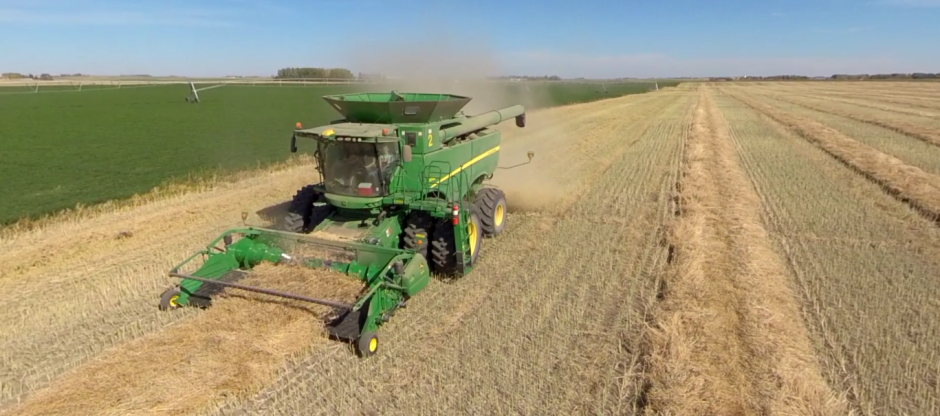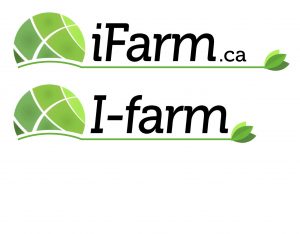SOURCE: http://www.cnbc.com/id/101499945 Richard McGill Murphy, Special to CNBC.com
Investors continue to buy up farmland like this in Bulgaria as a long-term investment plan. Source: Black Sea Agriculture Investors continue to buy up farmland like this in Bulgaria as a long-term investment plan.
From his office on Broad Street in lower Manhattan, Jeff Notaro oversees a modest portfolio consisting mainly of dirt. Specifically, Notaro’s Black Sea Agriculture fund invests in farmland in northeastern Bulgaria, near the Black Sea. The $1.5 million fund buys prime agricultural land and leases it back to local farmers.
Notaro is riding a growth market. Since 2004, Bulgarian farmland has been appreciating at an average annual rate of 19 percent. Yet Bulgarian land is still cheap compared to the United States. The average price per acre for good-quality land is $1,850 in Bulgaria versus $5,000 an acre in Kansas.
Land along the Black Sea coast commands higher prices because it’s especially fertile and also close to deep-water ports. Black Sea wheat land costs $4,300 an acre on average but yields an average of 71 bushels of wheat an acre, compared with 42 bushels an acre in Kansas. “That’s about half the cost per acre on a yield basis,” Notaro said.
The rise in local land prices has been fueled mainly by a worldwide agricultural commodity boom that has driven food prices up by more than 100 percent since 2003, according to the Food and Agriculture Organization of the United Nations (FAO).
“More people need to get into farming; otherwise, we won’t have any food,” said commodity investor Jim Rogers, who launched the international Quantum Fund with George Soros in the early 1970s and went on to create the Rogers International Commodities Index, which tracks the performance of numerous commodities in global markets, ranging from agriculture to metals and energy products.
Rogers and Notaro belong to an increasingly active community of farmland investors hoping to profit from the world’s growing need for nourishment. “I’m still wildly optimistic about the future of agriculture worldwide,” said Rogers, who has served as an advisor and as a director to companies that hold farmland in Australia, Brazil and North America.
The outlines of the investing case for farmland are well known at this point. The global population is expected to peak at slightly more than 9 billion by 2050, up from 7 billion today. On a per capita basis, the FAO projects that the amount of arable land available will decline steadily over the next few decades, from 0.218 hectares per person today to 0.181 hectares per person in 2050.
On the demand side, much of the growth in population and food consumption will occur in the developing world. As income levels rise in developing countries, consumers there are consuming more meat. Livestock production consumes massive quantities of grain and water, spurring farmers to boost both crop yields and land under cultivation.
Soaring demand for biofuels is another significant demand factor. In the U.S., for example, ethanol production accounts for 23 percent of total corn utilization, according to the Renewable Fuels Association.
Average U.S. corn prices tripled between 2005 and 2012, from $2 a bushel in 2005 and 2006 to $6.22 a bushel in 2011 and 2012. The price surge was partly caused by a rising demand for ethanol, along with other factors, including flooding and drought, higher prices for inputs like fuel and fertilizer, rising demand for meat, and upward movement in commodity markets.
In turn, rising agricultural commodity prices have driven a 128 percent rise in average Midwest farmland values over the past decade, from $1,270 an acre in 2003 to $2,900 an acre in 2013, according to USDA figures.
(Read more: America in 25 years: Here’s what to expect)
The world’s insatiable appetite On the supply side, crop yields have been leveling off since the dramatic advances of the last few decades, starting with the Green Revolution that transformed agriculture in China, India and elsewhere in the developing world from the 1960s onward. Today 40 percent of global wheat land is experiencing either flat or declining yields, according to a 2012 article in the journal Nature Communications.
In China, local scientists recently warned that smog levels around the country have risen so high that they are blocking natural light, potentially impeding photosynthesis and creating conditions that resemble nuclear winter.


